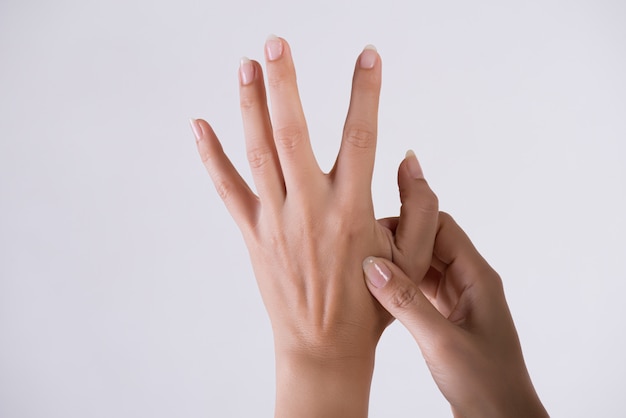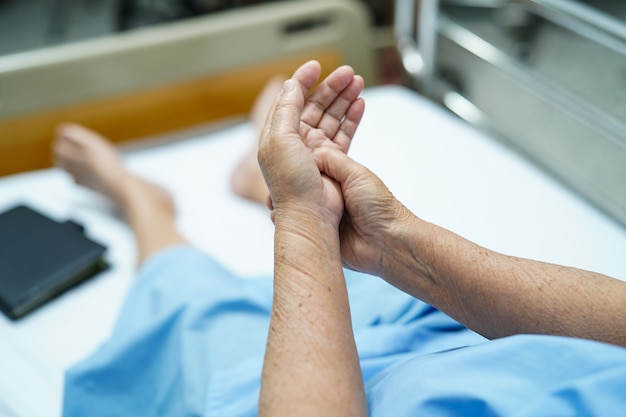It is fair to say we have all heard of the term arthritis, and some may even have heard of the more specific variants such as rheumatoid arthritis and osteoarthritis. Arthritis is, however, an umbrella term used to describe any sort of inflammation of the joints. Rheumatoid arthritis and osteoarthritis are different in the sense that the former is caused by the body’s own immune reaction, and the latter is due to degeneration of the joint.

Rheumatoid Arthritis
Rheumatoid arthritis is long-term inflammation of the joints caused by the body’s own immunity. In normal individuals, their antibodies attack only foreign materials that enter the body such as viruses and bacteria, however, in these cases, their antibodies attack the body parts of the person, and more specifically in rheumatoid arthritis, the joints. Women are three times more commonly affected. It requires a person with a genetic predilection combined with aggravating agents such as bacteria and viruses that can initiate the disease process. Other known precipitating factors are physical exertion, psychological stress and trauma.
With all that being said, we cannot single out one specific cause of rheumatoid arthritis, and because of that, doctors will look at multiple factors before reaching a diagnosis. Your doctor will look at your family history, multiple symptoms, signs and tests and fit them in criteria.
Symptoms:
— Joint pain, stiffness and swelling for more than 6 weeks
— Swelling affecting 3-4 different joints or more
— Morning stiffness lasting longer than 30 minutes
— Symmetrical symptoms affecting both sides of the body
— Swelling and pain affecting the wrists, hands and finger joints
— Rheumatoid nodules developing under the skin
If these symptoms had persisted for more than 6 weeks, this is highly suggestive of rheumatoid arthritis. Constitutional symptoms like fatigability, fever and loss of appetite may also be present.

Your doctor will then examine your joints and search for signs such as tenderness, swelling, pain and decreased range of motion.
A series of blood tests will be carried out to check for the presence of rheumatoid factor, anti-CCP, ESR and CRP. And lastly, an x-ray of your joint will be done. Your doctor will use all the results obtained to reach the final diagnosis of rheumatoid arthritis.
Osteoarthritis
Osteoarthritis is a degenerative joint disease due to wear and tear of the joints over the years. It is primarily a disease of old age. However, younger people can also get osteoarthritis if the joints were already diseased or had a history of joint injury.
Osteoarthritis is less symmetrical in its joint involvement. Both joints may be affected but one is usually more painful than the other. Whilst rheumatoid arthritis tends to affect the smaller joints, osteoarthritis has a natural propensity to affect larger joints such as the knees, hips and spine due to daily stresses that are more focused on these areas.
Morning stiffness is also reported, however, they last less than 30 minutes. Dull or cramp-like pain that comes after a period of rest, cracking sound in the joint on movement, swelling, sense of instability is all symptoms of osteoarthritis.
Your doctor will then examine your joints and search for signs that are suggestive of osteoarthritis such as tenderness, crepitus upon movement, specific deformity, limitation of movement, shrinking of muscle mass around the joint and some others. And finally, a plain x-ray of the joint will confirm the diagnosis of osteoarthritis.